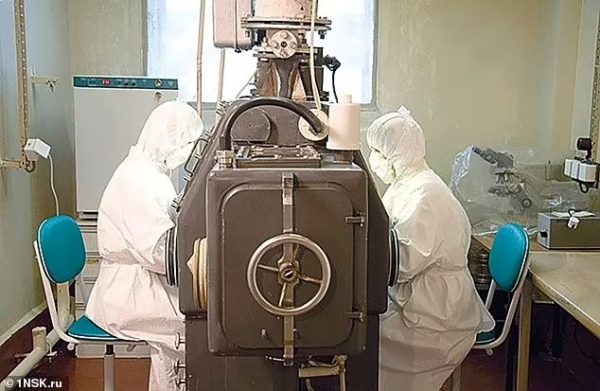The notion of a zombie virus lying dormant within the frozen remnants of a woolly mammoth, locked away in a Russian laboratory, reads like a plotline torn from the pages of science fiction.

Yet, as fantastical as it may sound, the intersection of ancient biology and modern virology has spurred intriguing discussions about the potential risks associated with resurrecting ancient viruses and the implications it might have on public health.
In this speculative scenario, the woolly mammoth, frozen in the permafrost for thousands of years, harbors a mysterious virus that, if accidentally released, could spark a new pandemic. The concept taps into fears rooted in the unknown, drawing attention to the complexities of handling ancient biological material, especially within the confines of a laboratory.

While the idea of a zombie virus may be more suited for the realms of fiction, the risks associated with handling ancient pathogens are real. Laboratories across the globe engage in the study of ancient viruses, seeking to unlock the secrets of our past and understand the evolution of infectious diseases.
However, the potential for accidental releases or unintended consequences remains a valid concern, prompting a need for stringent safety measures and ethical considerations.

In this speculative narrative, the woolly mammoth serves as a symbol of a bygone era, and the ancient virus encapsulates the risks and uncertainties embedded within the quest for scientific knowledge. The narrative invites contemplation on the delicate balance between scientific exploration and the potential threats posed by tinkering with nature.
As discussions around biotechnology and genetic engineering continue to advance, the hypothetical scenario raises pertinent questions about the ethical responsibilities of scientists, the importance of international collaboration on research protocols, and the necessity of stringent safety measures to prevent the accidental release of ancient pathogens.

While the idea of a zombie virus from a woolly mammoth may be far-fetched, it underscores the need for cautious exploration at the crossroads of science, history, and public safety.